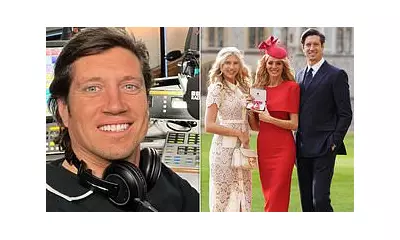
The Playful Power of a Wink
Winking has long been a gesture shrouded in mystery and mischief. Whether it's a flirtatious signal across a crowded room or a conspiratorial nod between friends, this subtle facial movement carries more meaning than meets the eye.
A Gesture Steeped in History
The origins of winking as a cheeky gesture can be traced back centuries. In medieval Europe, a wink often served as a silent code among troublemakers and lovers alike. This historical context helps explain why we still associate winking with playful deception or secret understanding today.
The Psychology Behind the Wink
Psychologists suggest several reasons why winking feels so mischievous:
- It creates an instant sense of intimacy between two people
- The asymmetry of closing one eye while keeping the other open feels inherently playful
- It suggests the winker knows something the recipient doesn't
- The brief duration makes it feel like a stolen moment
Cultural Variations in Winking
Not all cultures interpret winking the same way. While in Western societies it's generally seen as cheeky or flirtatious, in some Asian countries it can be considered rude or even aggressive. This cultural variation adds another layer to our understanding of this simple gesture.
Modern Interpretations of Winking
In today's digital age, winking has found new life through emojis and gifs. The wink emoji (😉) has become a staple of playful online communication, proving that this ancient gesture remains relevant in our modern world.
Whether you see it as charming or slightly suspicious, there's no denying that a well-timed wink can speak volumes without saying a word. Next time you catch someone winking, consider the rich history and psychology behind this deceptively simple gesture.





